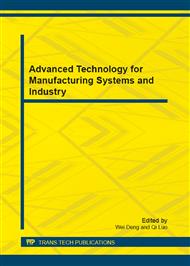p.714
p.720
p.725
p.731
p.736
p.741
p.747
p.751
p.755
Simple and Rapid Synthesis of LiFePO4/C Composite for Lithium Rechargeable Batteries by Microwave-Solvothermal Method Assisted with Short Time Post-Treatment Process
Abstract:
A simple and rapid technique to synthesize LiFePO4 by microwave-solvothermal method assisted a short time post-treatment was described. The crystal structure and the charge-discharge performance of the prepared samples were characterized by X-ray diffraction (XRD), scanning electron microscopy (SEM) and galvanostatic charge-discharge testing. The results indicated that this rapid synthesis technique by microwave-solvothermal method combined short time post-treatment was an effective way to obtain LiFePO4 with a single olivine-type crystal structure and small particle size. The electrochemical research indicated that the resulting LiFePO4/C composite could deliver 141.7mAh•g-1 at 0.1C at 25 °C and showed good stability retaining 97% after 45 cycles.
Info:
Periodical:
Pages:
736-740
Citation:
Online since:
November 2012
Authors:
Keywords:
Price:
Сopyright:
© 2012 Trans Tech Publications Ltd. All Rights Reserved
Share:
Citation:


